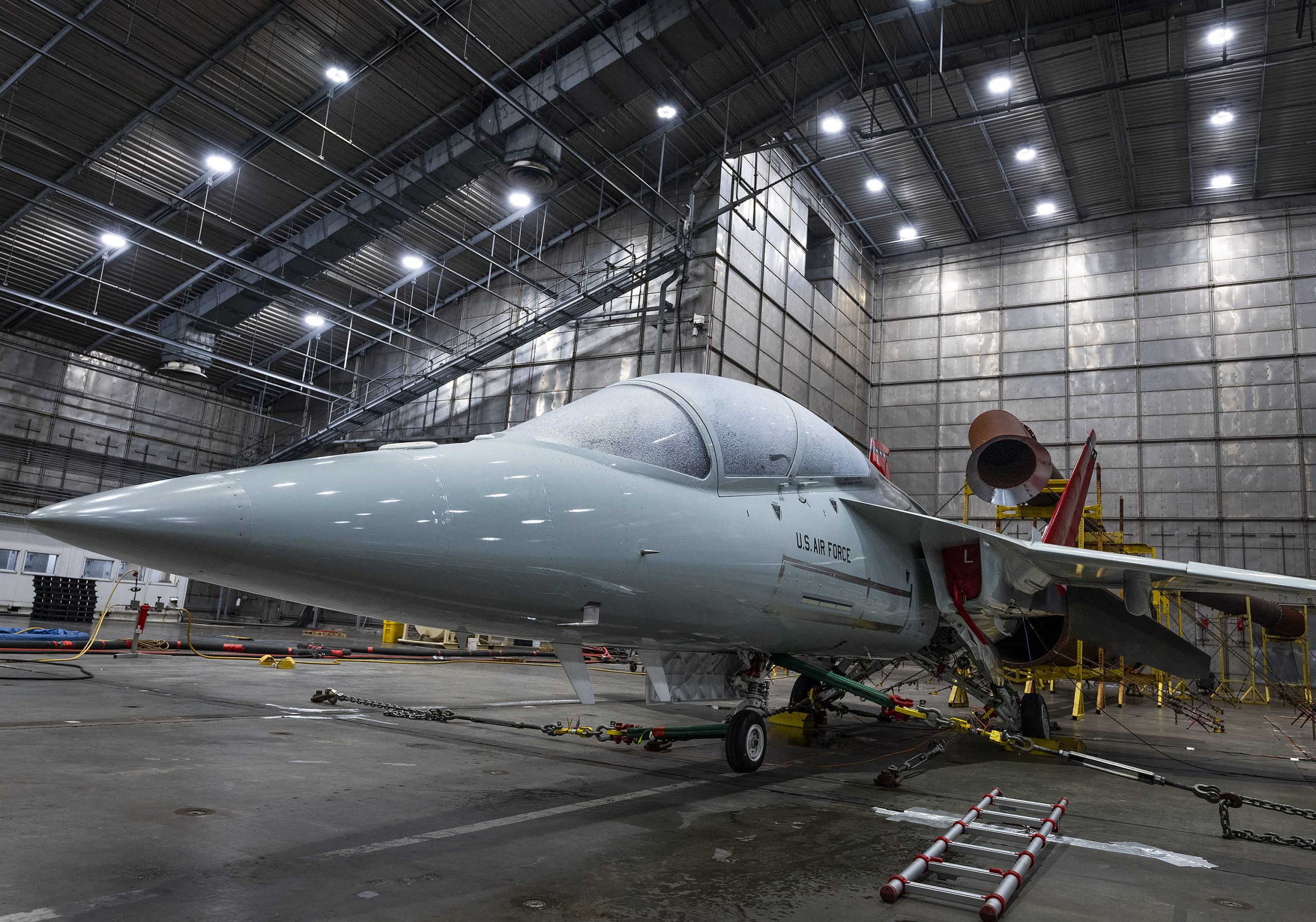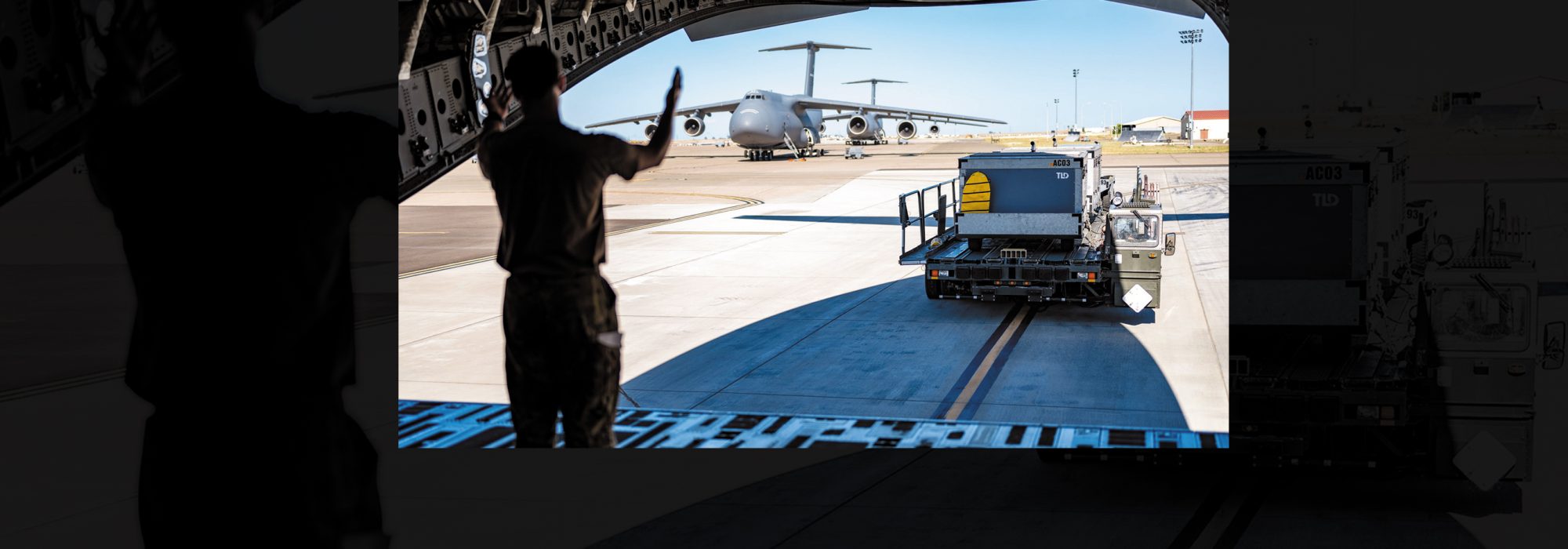Major Exercises Kick Off
By Greg Hadley
The Air Force and Space Force kicked off a busy summer of major exercises across the Pacific on July 8, with thousands of Airmen and Guardians set to participate in a series of Department-Level Exercises (DLE):
- Mobility Guardian, Air Mobility Command’s flagship exercise
- Resolute Force Pacific (REFORPAC), led by Pacific Air Forces, which was introduced 17 months ago as part of a “re-optimization” plan to better prepare for potential conflict with China
- Resolute Space, a parallel Space Force exercise led by Space Training and Readiness Command
- Emerald Warrior, led by Air Force Special Operations Command; and
- Bamboo Eagle, an Air Combat Command exercise focused on Agile Combat Employment.
This series will also feed other major exercises, such as Talisman Saber, a joint U.S-Australia-led exercise that includes about a dozen countries and tens of thousands of service members.
All told, the DLE series will test more than 12,000 Air Force and Space Force personnel, more than 350 USAF aircraft, and satellites and ground systems conducting space electromagnetic warfare, space domain awareness, orbital warfare, and navigational warfare, according to a release. All told, that’s a scale that rivals anything the Air Force has done in years.
“Exercising at this speed, scale and tempo is how we prepare for the future fight,” said Air Force Chief of Staff Gen. David Allvin said in a statement. “We need Airmen to move fast and think outside the box, disrupting the operational status quo. We also build trust and understanding through deliberate planning, operating and learning alongside our partners across the Pacific.”
Added Chief of Space Operations Gen. B. Chance Saltzman: “By training at this unprecedented scale, we’re sharpening warfighter instincts, strengthening combat credibility, and proving our commitment to deliver peace through strength in the face of any challenge.”
Developed over the past two years, beginning shortly after 2023’s upscaled Mobility Guardian, the 2025 excercises were developed by planners meeting throughout multiple conferences, wargames, and tabletop exercises. The work was led by the U.S. Air Force Warfare Center.
T-7 Completes Climate Tests

By Chris Gordon and David Roza
The T-7A Red Hawk next-generation jet trainer underwent a second round of extreme weather testing as the Air Force presses to get the Boeing aircraft into production so it can replace the aging T-38 Talon.
“This new round of tests looked to verify the new aircraft’s sustainability in any operational environment,” reported the 96th Test Wing, which conducted the tests at Eglin Air Force Base, Fla., in a release.
The T-7 is in developmental flight testing. Previous climate tests in 2024 saw Boeing and Air Force crews perform system operations and engine runs to assess how well the aircraft fared under high and low temperatures ranging from 110 degrees to minus-25 degrees Fahrenheit.
The latest round of weather tests, concluded June 17 at the McKinley Climatic Lab at Eglin Air Force Base, Fla. They included subjecting the T-7 to cockpit icing and 190-mph crosswinds, a spokesperson for Eglin Air Force Base said.
Boeing’s lead engineer for the project said the tests made headway that will facilitate future deliveries. The testing approach “allowed for more effective use of our test time and will expedite delivery to the customer,” said David Neely, the interim program manager and chief engineer for T-7, responding to questions from Air & Space Forces Magazine. “We were able to reduce the test time in the chamber from approximately 2.5 months to about 1.75 months.”
The T-7 is needed more than ever. The T-38 is now 60 years old and increasingly unreliable. Aging T-38 airframes are limited in terms of flying hours and have contributed to the Air Force’s pilot shortfall.
“For this phase, the McKinley Climatic Lab set up an icing spray system and crosswind tunnel. The series of ground tests simulate the flight tests through extremely cold and hot temperatures. This experiment tests whether the pilots have sufficient visibility for flight and landing in extreme temperature conditions,” the wing said in a release.
Neely said Boeing and the Air Force also “evaluated water intrusion modifications.”
The McKinley Climatic Lab is a 55,000-square-foot test chamber where Air Force aircraft go to be tested to extremes.
In January, the Air Force delayed the first production contract by a year until fiscal 2026 and said it would first buy four more production-representative T-7 jets for testing.
“Our goal is to ensure the T-7A Red Hawk is fully capable and ready to perform its mission in representative climates,” said Mike Keltos, the Director of Test & Evaluation for the Air Force Life Cycle Management Center Training Directorate. “These extreme weather tests are a critical step in achieving that objective.”


